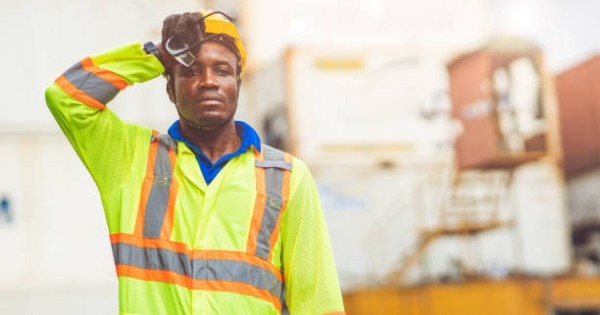Safeguarding Roofing Projects: A Leader's Role in Upholding Safety Measures

By John Kenney, Cotney Consulting Group.
Here's how roofing industry leaders can uphold important safety requirements.
The inherently demanding and risky roofing industry requires an elaborate planning strategy to minimize hazards and ensure a safer work environment. The essence of this planning goes beyond allocating crews, tools and materials. It includes prioritizing safety measures during every task execution, regardless of its size or apparent risk level.
Achieving safety in task completion
As a roofing crew leader, your responsibility includes ensuring that your crew is equipped with the requisite safety gear and information to prevent accidents and injuries. Whether it's the mandatory use of hard hats or safety harnesses, it's crucial to enforce these practices consistently and ensure that safety infringements will not be tolerated.
Building safety culture: Consistency and communication
However, fostering a safety culture extends beyond merely providing the necessary equipment and set rules. The effectiveness of safety guidelines depends mainly on how your crew perceives their importance and legitimacy. Your past actions and attitudes toward safety often influence your crew's safety behavior.
Regrettably, the construction industry has seen its share of inconsistent messages from supervisors who emphasize safety in speeches but contradict their words through actions, an issue colloquially known as "talking out the side of your neck." This inconsistency undermines the crew leaders' credibility and respect, diminishing the safety message's effectiveness.
The role of clear communication and employee support
Communication gaps often lead to safety breaches on the construction site. If crew members are uncomfortable asking for the equipment they need or feel they won't face repercussions for working unsafely, it indicates a failure in communication and leadership. Crew leaders must clarify safety expectations to every employee, ensuring they understand that prioritizing safety will never lead to penalties.
Understanding and mitigating risky behavior
Unnecessary risks in the roofing industry often stem from misguided attempts to expedite the work process. As a crew leader, it's essential to communicate that while productivity is vital, it should never compromise safety. Any indication of this trade-off can deter crew members from adhering to safety protocols and encourage unsafe practices.
The intersection of risk and reputation
The roofing industry's reputation of employing daredevil workers who value bravado over safety is a harmful stereotype that promotes risky behavior. Crew leaders must actively combat this by promoting a culture where no individual feels the need to engage in unsafe practices due to fear of ridicule or perceived weakness.
The dangers of ignoring safety measures
Ignoring safety measures doesn't just pose a physical risk to the crew members but brings psychological and professional repercussions for the crew leader. Guilt resulting from accidents, potential job loss due to poor safety records, and legal complications in severe accidents can all result from negligence toward safety.
In conclusion, while safety measures might seem like an added responsibility amidst the already demanding job of managing a construction site, they are non-negotiable. Prioritizing safety protects your crew and safeguards your reputation and career in the long run. The crew leaders's role is pivotal in setting the bar high regarding safety, and fostering an environment where everyone is committed to each other's wellbeing.
Learn more about Cotney Consulting Group in their Coffee Shop Directory or visit www.cotneyconsulting.com.






















-2025-xtv-mls-tour-2.png)
Comments
Leave a Reply
Have an account? Login to leave a comment!
Sign In